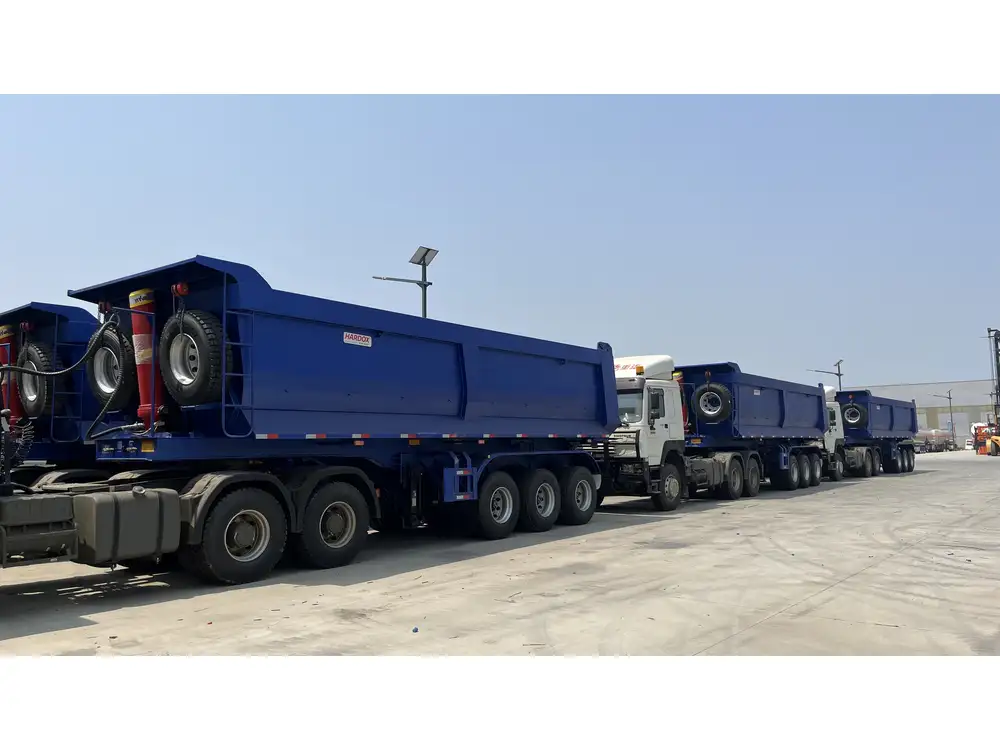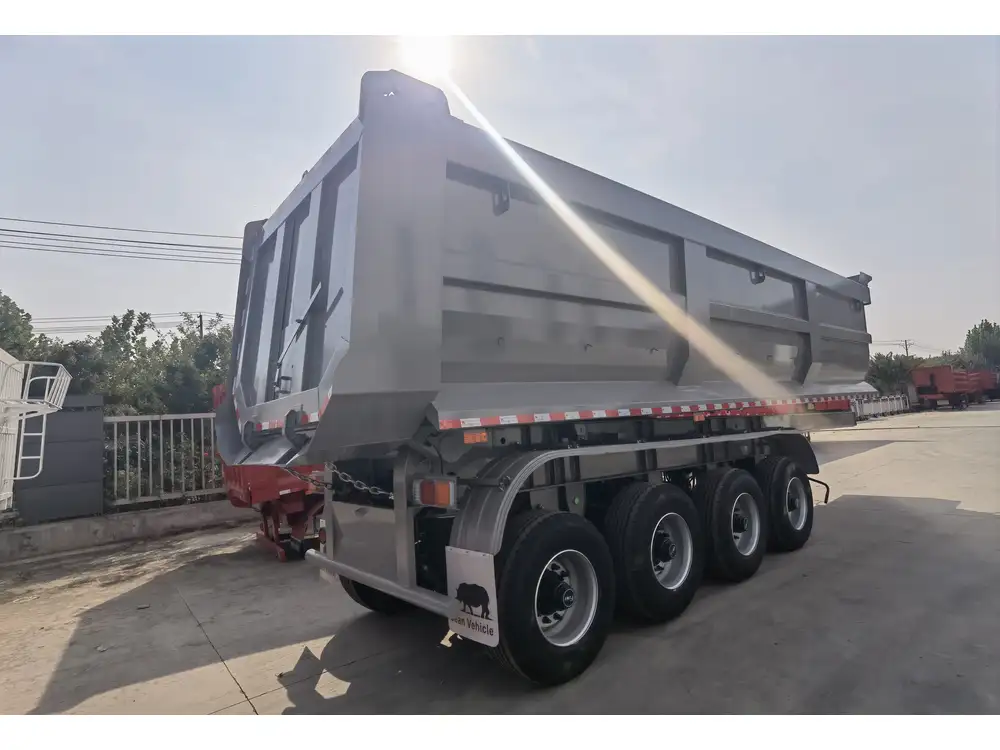In the trucking industry, understanding the mechanics and dynamics between semi-trucks and trailers is paramount for efficient transportation and logistics. A crucial aspect that fleet managers and drivers often grapple with is the question: “What will lock up first, a semi or the trailer?” This inquiry lies at the intersection of vehicle dynamics, load distribution, and braking systems, opening a discussion that requires a nuanced understanding of several factors.
The Fundamentals of Semi-Trailer Mechanics
1. Understanding the Semi-Truck and Trailer Configuration
A semi-truck, typically referred to as a tractor, consists of a cab and the engine, while the trailer serves as the cargo-carrying unit. Together, they form a critical system in commercial transportation.
| Component | Description |
|---|---|
| Semi-Truck (Tractor) | The front part containing the engine and driving capabilities. |
| Trailer | The rear part that carries cargo, connected by a fifth wheel coupling. |
The key to understanding which component locks up first relates to braking systems and how they interact when a semi-truck is in motion.

2. Exploring the Braking Systems
a. Air Brakes vs. Hydraulic Brakes
Semi-trucks predominantly utilize air brakes, known for their reliability and effectiveness under heavy loads. The braking system of a semi-truck consists of a complex network of compressed air, which applies brakes to the truck and trailer.
- Air Brakes: Integral for heavy-haul applications; they provide enhanced stopping power.
- Hydraulic Brakes: Commonly found in lighter vehicles; less effective under extreme load conditions.
The braking efficiency of a semi-truck versus its trailer can lead to differing lockup points.
Analyzing the Factors Influencing Lockup

1. Load Distribution and Weight
The weight distribution between the tractor and trailer significantly influences which component locks up first.
- Even Distribution: In scenarios with well-distributed loads, the locking dynamics might be consistent.
- Uneven Distribution: If the trailer is significantly heavier than the tractor, it is likely to lock up first, especially under emergency braking.
Considering the gross weight of both units is essential when evaluating this dynamic.
2. Brake Performance and Wear
The condition of the brake pads, rotors, and air systems can vary between the tractor and trailer.
- Regular Maintenance: Ensures both units perform optimally and can reduce premature lockup situations.
- Wear and Tear: Older and poorly maintained systems may lead to unpredictable lockup behavior, prompting one side to lock up before the other.
Lockup Scenarios: When Things Go Awry

1. Emergency Braking Situations
Under sudden braking, various variables come into play that can determine which unit locks up first:
- Reaction Time: The quicker the driver reacts, the more uniform the stopping process can be. However, if the semi-truck’s brakes engage faster than the trailer’s, it could lead to a catastrophic jackknife situation.
- Slippery Conditions: In wet or icy conditions, both the trailer and tractor may experience differing levels of grip, contributing to the likelihood of one lockup occurring before the other.
2. Jackknifing Risks
The fear of jackknifing is a critical concern for professional drivers.
- Definition: Jackknifing occurs when the trailer swings out to the side of the tractor, forming a ‘V’ shape.
- Prevention: Proper training and frequent practice of controlled braking techniques can mitigate this risk. Understanding the dynamics of the two components during braking can be an invaluable tool for drivers.
Common Questions and Insights

1. Why Would a Trailer Lock Up Before the Semi?
Several factors can lead to the trailer locking up before the semi:
- Increased Load on the Trailer: Heavier loads naturally decelerate more due to weight distribution, leading to an earlier engagement of the trailer brakes.
- Trailer Brake Adjustments: If trailer brakes are calibrated differently than the tractor’s, it may result in unexpected lockup times.
2. What Can Drivers Do to Prevent Lockup?
Training and knowledge are critical components in preventing unintended lockup:
- Regular Inspection: Drivers should routinely inspect braking systems for wear.
- Load Balance: Ensuring even load distribution can dramatically improve handling and braking performance.
Comparing Semi-Truck and Trailer Lockup Dynamics
| ( Factor | Semi-Truck | Trailer |
|---|---|---|
| Braking System | Typically utilizes air brakes | Also uses air brakes, but calibration may vary |
| Load Weight | Typically lighter than the trailer | Usually heavier depending on cargo load |
| Lockup Behavior | More stable; may skid if not managed | More prone to initiating a jackknife scenario |
| Maintenance Needs | Regular checks and balances essential | Equal importance, but often neglected |

Conclusion: Navigating the Complexity of Lockup
Understanding the question of whether a semi or trailer will lock up first is not merely an academic exercise; it is essential for the safety and efficiency of trucking operations. The interplay between load distribution, braking systems, and emergency reaction times culminates in a complex scenario that, inevitably, every truck driver will encounter.
By fostering awareness and providing diligent training on vehicle dynamics, fleet managers can equip drivers with the tools necessary to navigate the roads safely. Proper maintenance of both the semi and trailer will ensure that drivers can make educated decisions in critical moments. Ultimately, through steadfast attention to the nuances of truck-trailer operations, the transportation industry can significantly mitigate risks and enhance operational efficiency.
In our pursuit of excellence, understanding these dynamics allows us to refine our practices, contributing to a safer and more effective transportation ecosystem.



